Find Your Ideal Watch Face Size
Looking for the perfect fit? Check Out These Best-Selling Watch Face.
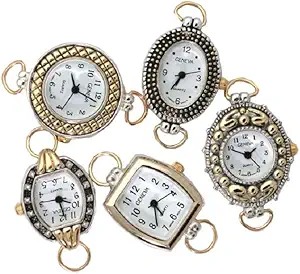
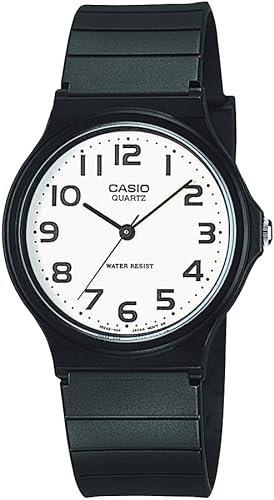
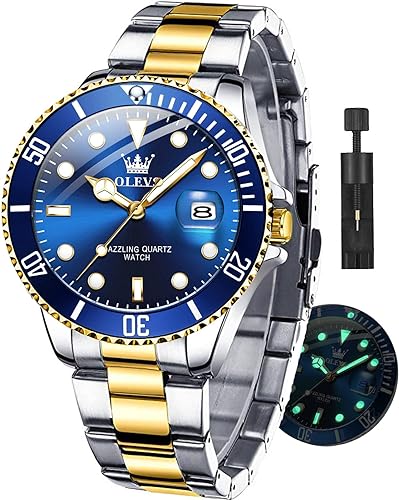
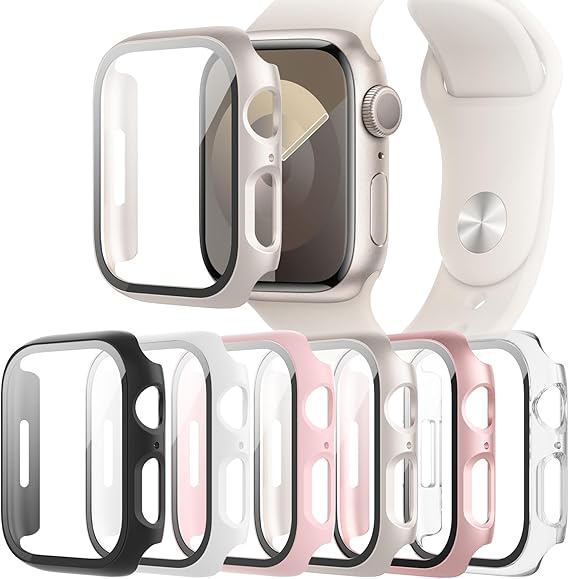
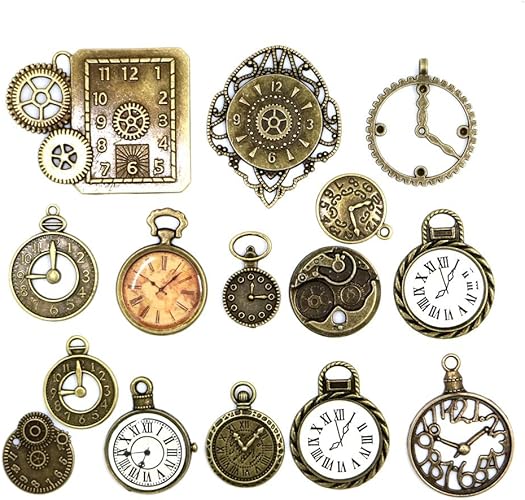
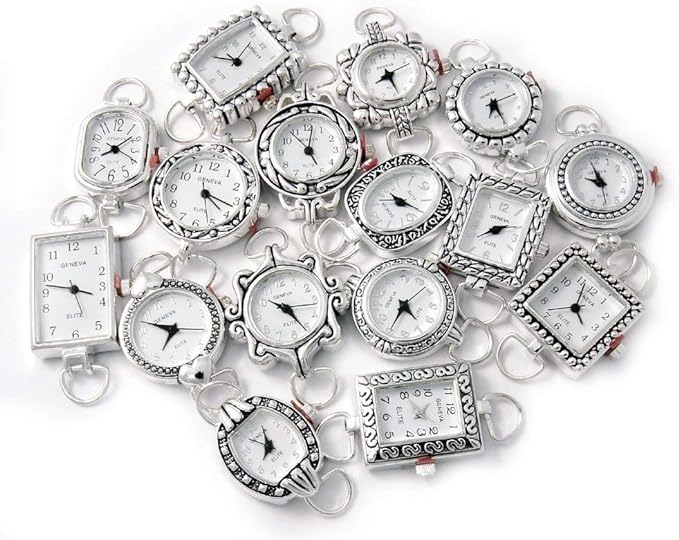
Certainly! Here’s a more detailed explanation of the Watch Face Size Chart and additional factors to consider when choosing the right size for your wrist:
Wrist Size and Watch Face Diameter
Your wrist size plays an important role in determining the best watch face diameter. Below is a more detailed breakdown:
| Wrist Size (Circumference) | Recommended Watch Face Diameter | Ideal Watch Style | Example Watches |
|---|---|---|---|
| Small (<6.5 inches) | 34mm – 40mm | Minimalist, Dress, Small Smartwatches | 36mm, 38mm, 39mm |
| Medium (6.5 – 7.5 inches) | 38mm – 42mm | Casual, Sports, Medium Smartwatches | 40mm, 42mm |
| Large (>7.5 inches) | 44mm – 46mm or larger | Sports, Oversized, Bold Watches | 44mm, 45mm, 46mm, 48mm |
How Wrist Size Affects Watch Face Size:
- Small Wrist (<6.5 inches):
- Smaller wrists look best with smaller face sizes (34mm – 40mm), which help the watch sit comfortably without overpowering the wrist. Larger faces may feel bulky and disproportionate.
- Examples: Thin, elegant, and minimalist designs often fit best.
- Medium Wrist (6.5 – 7.5 inches):
- A medium wrist can accommodate a broader range of sizes, but 38mm to 42mm is ideal for comfort and proportion. Both casual watches and smartwatches often fall within this range.
- Examples: A balance between stylish designs and functionality (e.g., watches with multiple features).
- Large Wrist (>7.5 inches):
- Larger wrists work well with bigger watch faces (44mm – 46mm or more). A larger face is proportional to the wrist, so it maintains an aesthetically balanced look.
- Examples: Bold designs, oversized styles, sports watches.
Case Thickness
The thickness of the watch case also plays a significant role in the overall look and feel of the watch. Even if the diameter fits your wrist, a thicker watch case might feel bulkier, while a thinner case offers a sleeker appearance. For instance:
- Thin Cases (6-10mm): These are best for formal, dress, or minimalist watches.
- Thick Cases (11mm+): Sports watches and larger designs may feature thicker cases to accommodate additional features (e.g., chronographs, dive watches).
Watch Style and Face Shape
Different types of watches may have different sizing recommendations based on style. Here’s a breakdown:
- Dress Watches: Typically have smaller, slimmer faces (around 36mm – 40mm). They prioritize elegance and subtlety.
- Sports Watches: Larger face sizes (42mm – 46mm or more) are common to ensure readability and functionality, particularly for diving, hiking, or fitness watches.
- Smartwatches: Vary in size, but typically range between 38mm and 44mm, with larger models available for those with bigger wrists.
Gender and Aesthetic Preferences:
While wrist size is the most important factor, gender and personal preference also influence size choices:
- Men’s Watches: Generally tend to be larger, around 40mm – 46mm.
- Women’s Watches: Traditionally range from 28mm to 40mm, although larger unisex or fashion watches are becoming more common, even for women.
Style Preferences: Some people prefer a large, bold look with oversized watches, while others prefer a more understated and sleek appearance with smaller faces.
Watch Face Features
- Chronographs or Complicated Movements: These often require a larger face to accommodate extra sub-dials, date displays, or other features without cramping the design.
- Minimalist Watches: Smaller faces (34mm – 40mm) work better for a clean, simple design with minimal distractions.
Watch Case Material and Design:
- Material (e.g., stainless steel, titanium, ceramic) impacts how the watch wears on your wrist. Heavier materials might make a large watch feel bulkier, while lightweight materials can allow for larger designs without compromising comfort.
- Design: The design of the lugs (the parts that connect the watch face to the strap) also affects how a watch sits on your wrist. Watches with shorter lugs will sit more comfortably on smaller wrists.
International Sizing Standards:
Different watch brands may use slightly different sizing standards or sizing conventions. Japanese brands (e.g., Seiko) may offer smaller-sized cases than Swiss brands (e.g., Omega or Rolex), though both will cater to a wide range of wrist sizes.
Summary of Watch Face Size Recommendations
| Wrist Size | Watch Face Diameter | Ideal Watch Type | Suggested Case Thickness | Popular Use |
|---|---|---|---|---|
| Small (<6.5 inches) | 34mm – 40mm | Dress Watches, Minimalist Watches, Smartwatches | Thin Case (6-10mm) | Sleek, elegant, formal occasions |
| Medium (6.5 – 7.5 inches) | 38mm – 42mm | Casual Watches, Sports Watches, Smartwatches | Medium Case (10-12mm) | Versatile for everyday wear |
| Large (>7.5 inches) | 44mm – 46mm+ | Oversized Watches, Sports Watches | Thick Case (12mm+) | Bold, sporty, attention-grabbing |
This should give you a comprehensive guide on selecting the right watch face size based on wrist size, watch style, and personal preferences!
FAQs About Watch Face Size Chart
1. How do I choose the right watch face size?
The right watch face size depends on wrist size, style preference, and comfort. Generally:
- Small wrists (5-6.5 inches) → 34-40 mm watch face
- Medium wrists (6.5-7.5 inches) → 40-44 mm watch face
- Large wrists (7.5+ inches) → 44-50 mm watch face
2. What are the standard watch face sizes?
- Men’s Watches: 38-50 mm
- Women’s Watches: 26-40 mm
- Unisex Watches: 36-42 mm
3. How do I measure my wrist for a watch?
Wrap a measuring tape around your wrist where you wear your watch. Compare the size to the watch face size chart for the best fit.
4. What is the ideal watch face size for men?
Most men’s watches range from 38-46 mm, with:
- Dress watches → 38-42 mm
- Sports watches → 42-50 mm
5. What is the ideal watch face size for women?
Women’s watches typically range from 26-40 mm, with:
- Classic watches → 26-34 mm
- Modern statement watches → 34-40 mm
6. What’s the difference between case diameter and case thickness?
- Case diameter is the width of the watch face (affects overall size).
- Case thickness is how tall the watch sits on your wrist (thicker cases are common in sports watches).
7. Does wrist size affect the watch strap width?
Yes! The strap should be about half the case diameter for balance. Example:
- 40 mm watch face → 20 mm strap width
- 44 mm watch face → 22 mm strap width
8. Are smartwatch face sizes different from traditional watches?
Yes, smartwatches are generally larger due to their screens:
- Small smartwatches: 38-41 mm
- Standard smartwatches: 42-46 mm
- Large smartwatches: 47+ mm
9. Can I wear a large watch on a small wrist?
Yes, but a watch that’s too large can look oversized. Stick to proportional sizes for the best look and comfort.
10. What watch face size is best for everyday wear?
A 40-42 mm watch is a versatile size that suits most wrists and occasions.
Conclusion
Choosing the right watch face size ensures style, comfort, and practicality. Whether you prefer a classic dress watch or a bold sports watch, pick a size that matches your wrist and personal style. ⌚✨






